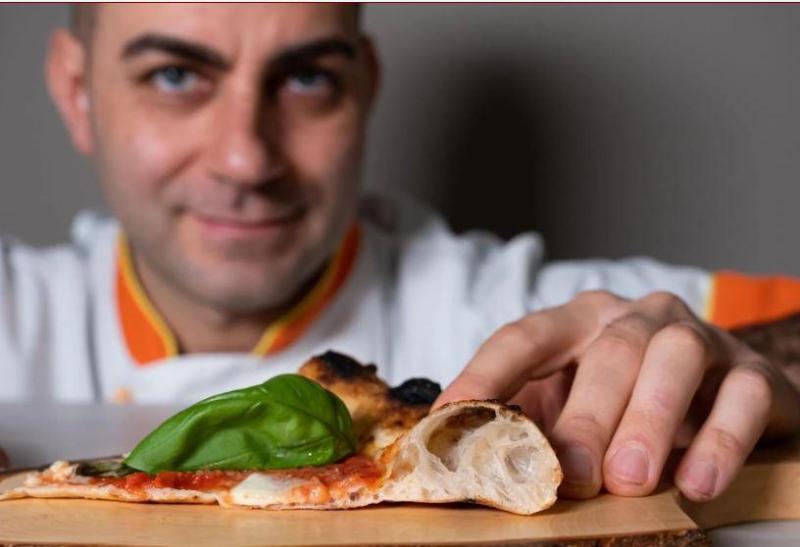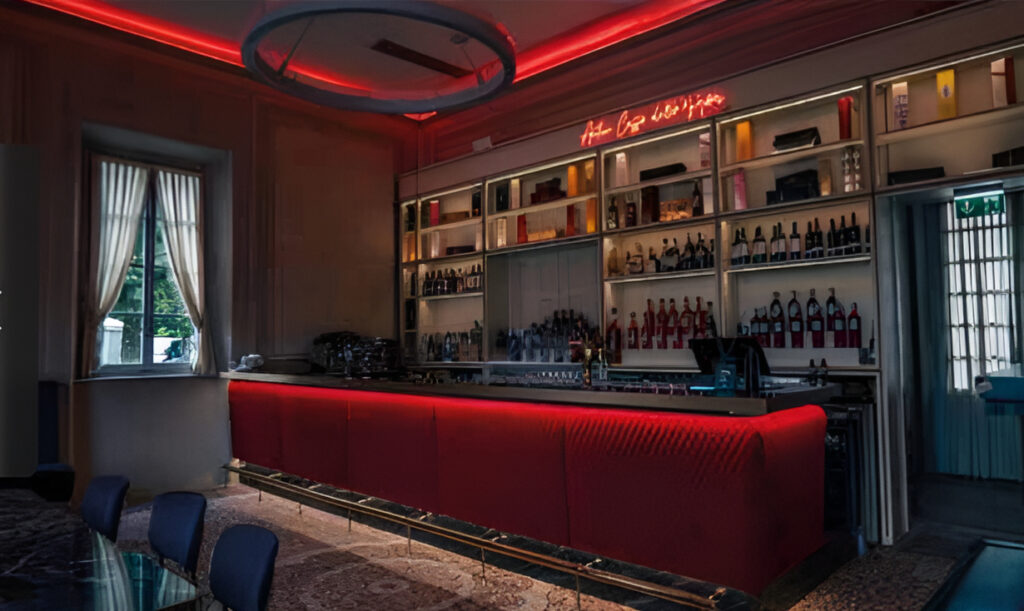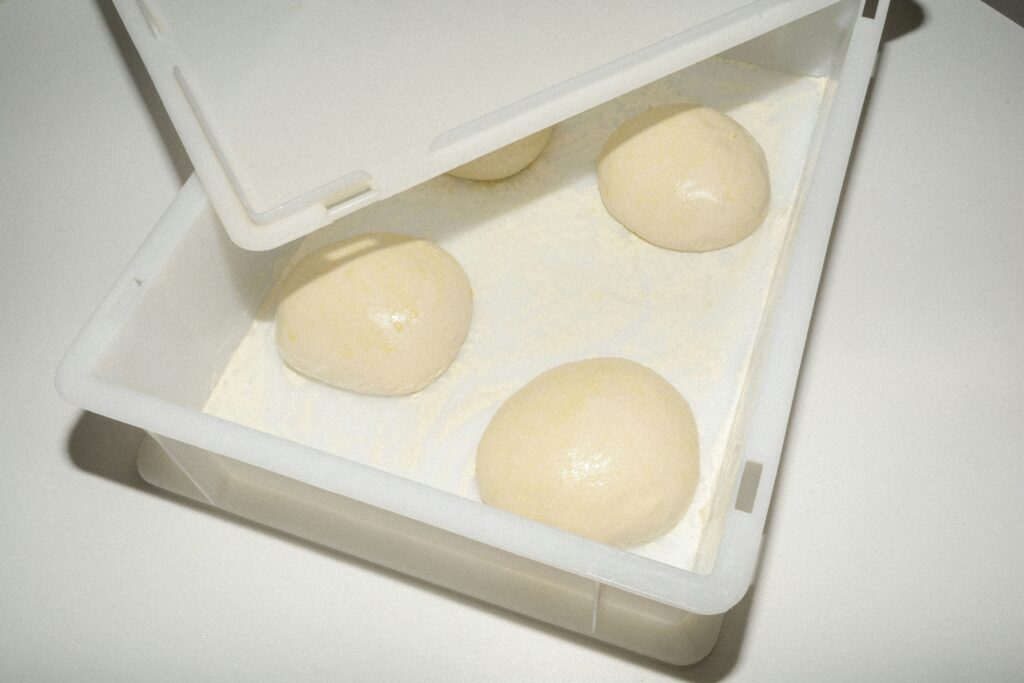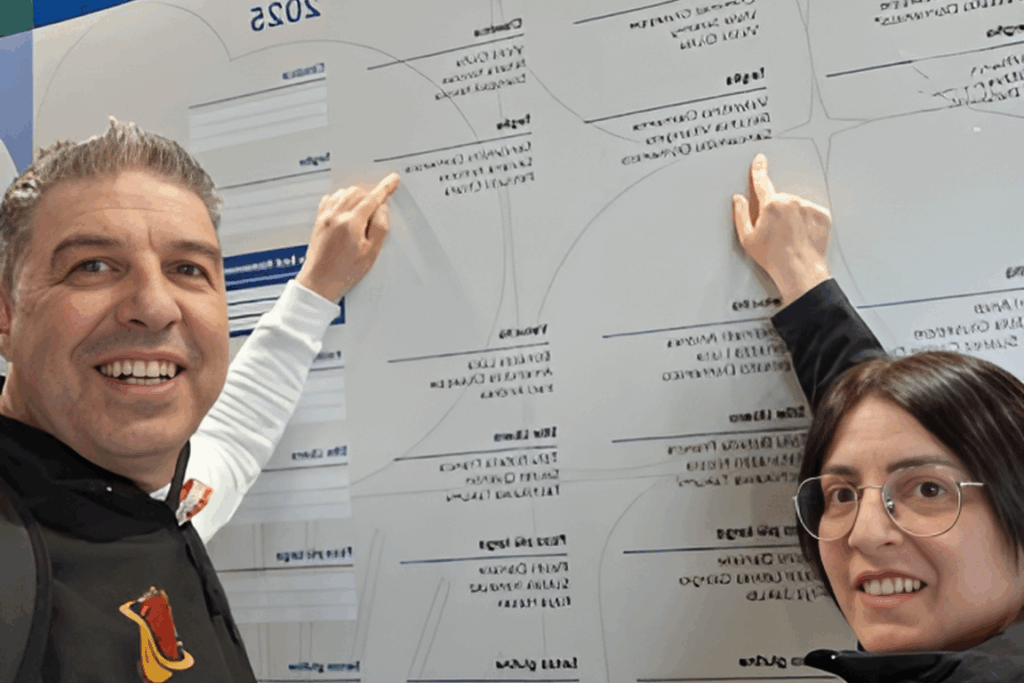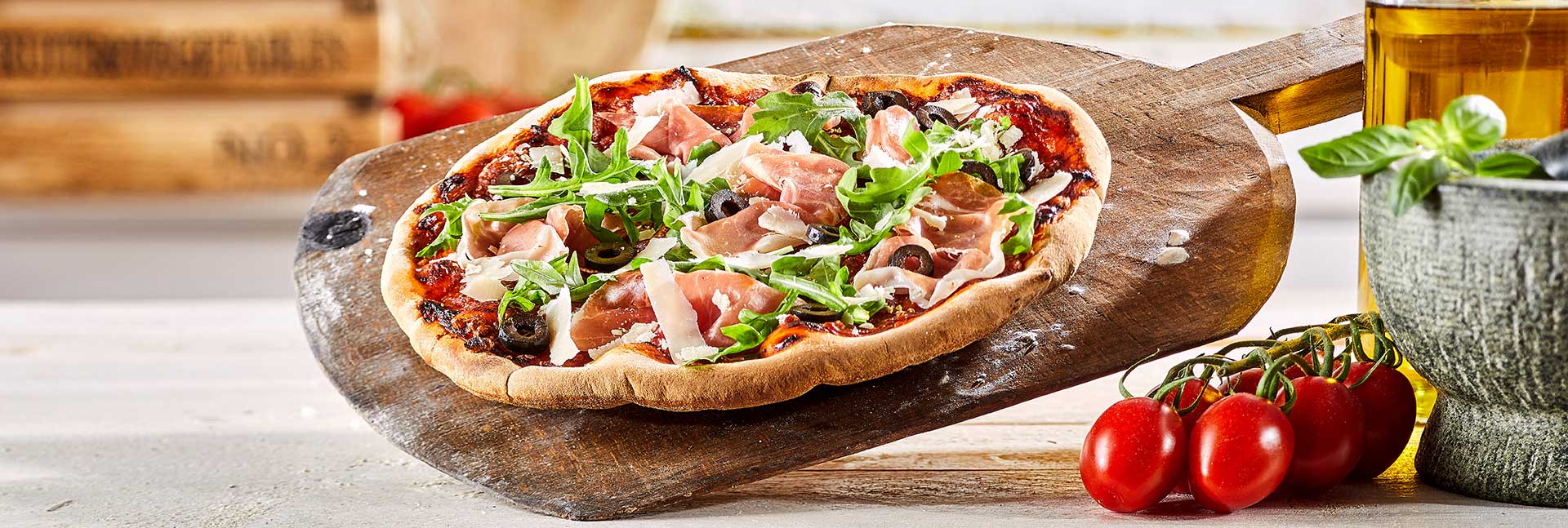
Nowadays it is very complicated not to use the word ‘sustainability’ in almost any context, so we often end up reducing a topic of very high value to a set of slogans that leads, at the very least, to deal with it superficially. Defining what sustainability is in few lines is impossible; however, we can start by pointing out how the term applies to very different areas.

All of this also relates to our everyday lives, because while it is true, for example, that the melting of glaciers due to rising temperatures causes completely unsustainable consequences in the long term, it is equally well known that the working conditions within an environment – whether it is a factory, a hospital or a restaurant – must ensure that people can live in a dignified, hence sustainable, way. Likewise, to guarantee such conditions, the employer will have to work under economic conditions that are suitable for bearing the operating costs, so that both the entrepreneur and the employees can get satisfaction.

All this also applies to a world in constant, rapid evolution such as that of pizza. In fact, in a decade or so, from the point of view of communication, it has come to be aligned with the noble universe of haute cuisine, from which it tends more and more to get contaminated, in the most positive sense of the term. What happens for chefs also applies to pizza makers, so in the same way there are businesses for which using the term sustainability in all available communication spaces is barely more than a slogan perceived as essential for keeping up with the times, there are also others for whom it becomes a good practice to pursue every day. It is also difficult to establish which baking method is the most sustainable nowadays. In fact, it is not at all simple, without precisely contextualizing each situation, which among wood, gas or electric oven is the one to prefer also in terms of efficiency. The topic would deserve an in-depth study of its own, but it is fairly well established that the electric oven is gaining more and more popularity, both for its efficiency and for the level achieved in baking.

There are many examples among the pioneering pizza makers who are successfully active in the field of sustainability; we have written about them on these pages on other occasions, but they are worth mentioning. First of all, Denis Lovatel, a mountain pizza maker whose efforts in the direction of sustainability and proper communication of it are well known. He was the first Italian to be called by chef Jp Mc Mahon to participate in the important international conference Food on The Edge, in Galway, Ireland, and a relentless seeker of the ways through which to communicate his commitment. Starting with the pizza in which animal proteins,
increasingly less sustainable, are replaced by plant-based ones, by cleverly transforming watermelon into a carpaccio – that is difficult to distinguish from meat – and by using it as a topping. Healthy fillings then, that do not come from intensive farming and respect the rhythms of nature. Lovatel is not the only pizza maker studying conservation method and waste reduction. Indeed, a virtuous mechanism has been set in motion that sees many of his colleagues acting in that direction, which is often perceived as a real necessity beyond its communicative value.
In the very context of this trend toward total waste reduction, we find examples worth mentioning, such as Raffaele Pizzoferro at Lampara in Udine, who uses the tomatoes that have been left over from a few days – still delicious but shriveled – to make a cream by baking them with garlic, oregano and basil. In his case, pizza leftovers are used for animal feed thanks to a collaboration with some local breeders. Another interesting case comes from SP143, a Piedmontese pizzeria of the La Credenza group headed by Giovanni Grasso and Igor Macchia. Here, the pizza maker Giulio – Giovanni’s son – and the chef Macchia collaborate closely. The latter is personally responsible for Casa Format, a highly sustainable restaurant with a Michelin green star. Casa Format is located in a CasaClima certified building (Climate House, the best sustainable building), where every detail, from the furnishings to the heating, has been designed for maximum energy efficiency and minimum waste and has “responsible hospitality” as its claim. The large backyard garden produces excellent quality raw material that travels only a few meters before ending up on the plate or on the topping of a pizza. Another important case that has as much to do with pizza as with sustainability – this time of a social kind – is that of Nico Acampora. Founder of PizzAut in Cassina De’ Pecchi in the province of Milan, he has started a restaurant in which 10 out of 12 persons are autistic. It is a true laboratory of social inclusion, a business model that does good by creating something worth more than economic value.
